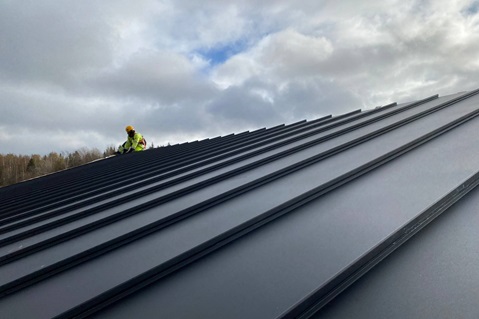
The first in the world – a family’s home received a roof made of fossil-free steel
A still unfinished log house is covered by a new steel roof, a black standing seam roofing similar to many neighbouring houses in the new small-house area in Klaukkala, Finland. However, of all the new roofs in the area, this one is anything but ordinary. The Ruukki® Classic roof of the Kara family’s future home is the world’s first roof made of fossil-free steel.

In honour of the sustainability action, Tuomas Kara received an award from Jouni Metsämäki, SVP at Ruukki.
This year, Ruukki has started pilot testing the use of fossil-free steel in roofing products together with selected customers. The first ever single-family house with a roof made of SSAB’s fossil-free steel was Tuomas Kara’s Honka log house being built in Klaukkala. The low-carbon Ruukki Classic steel roofing manufactured at Ruukki’s factory in Vimpeli, Finland, is an excellent complement to the Honka log house made of renewable wood. The main raw material for the house comes from sustainably managed and certified forests.
A log house for the needs of a family
Choosing logs as the house material was easy, but finding a suitable plot was not. As a forestry professional, Kara appreciates the appearance and positive health effects of logs. “It has always been clear to me and my wife that if our dream of a house ever comes true, we will build it with logs”, Kara says.
The one-storey house with a floor area of 160 m2, built of Honkarakenne’s non-settling logs, is made for the needs of a family with children. “We designed the house ourselves, with the help of professionals, of course. We tried to include functionalities that make the family’s everyday life easier, and at the same time to design the rooms so that they will also function well when the children grow older. The house includes a lot of common space both inside and outside, but it also offers privacy for everyone when necessary”, Kara says.
A suitable plot was finally found in Klaukkala, in the childhood landscape of the family’s mother. The peace and space that people look for when planning to live in their own house could not be found closer to the Helsinki metropolitan area. “The journey to work in the centre of Helsinki will remain reasonable and on the other hand, thanks to remote work, there is no need to travel to the office so often”, Kara says. In fact, a study has been designed for remote work in the house. It also serves as a guest room when necessary. The family of four will get to move into their new home next spring.
Carbon footprint taken into account in the design
Housing accounts for a quarter of the carbon footprint of an average person in Finland.* The carbon footprint of the future home of the Kara family was taken into account already at the planning stage where possible. When choosing the construction and interior design materials, it was important that they were low-carbon and environmentally friendly, but these were not the only selection criteria. “Compromises also had to be made, because our budget was not unlimited and for some materials, there is no low-carbon option available at all”, Kara continues.
The carbon footprint of the low-carbon Ruukki Classic roof is up to 70% lower than with a standard roof.
Logs are a climate-friendly choice for a house’s frame material, as wood binds carbon dioxide from the air as it grows and stores it for the entire life cycle of the building. In addition, wood is a lightweight material, which means that no heavy machinery is needed for the construction. The emission impacts of wood are also reduced by the renewable energy sources used in the production process.
Tuomas Kara chose steel as the roofing material for the family’s Honka log home: “We didn’t really even have any other options to consider. Steel is easy to maintain and durable, and the simple and stylish look of the Ruukki Classic roofing suits our modern log home very well.” The opportunity to join the pilot project with Honkarakenne and Ruukki did not require a long consideration, either: “It was an easy decision to take this kind of a sustainability action. After all, this is a great combination: carbon-binding logs and fossil-free steel.” Sustainability values are important to the Kara family: “We want to do our part in ensuring that future generations will have good living conditions as well.”
Towards carbon neutral buildings
Fossil-free steel products are part of Ruukki’s effort to take the construction industry towards carbon-neutral buildings. This is pursued both by developing new types of products and by reducing the carbon footprint of the company’s own operations. Ruukki aims to reduce greenhouse gas emissions from its own operations by 70% from the 2019 level by 2030.
Before fossil-free steel construction products are available from Ruukki on a commercial scale starting from 2026, they will be piloted with selected customers with strong sustainability principles.
A Ruukki® Classic LowCarbon steel roofing made of SSAB’s recycled Zero steel will be available next year. Ruukki’s product selection is also expanding to include solar roofs that feature a solar power plant integrated in the Ruukki Classic steel roofing, enabling efficient electricity production without any visible panel elements.
In addition to fossil-free or low-carbon raw materials, the life-cycle emissions of Ruukki’s roofing products are minimised by using green energy in manufacturing, bio-based or recycled materials in packaging, and bio-based fuels in logistics, where possible.
Building a house is one of the most important milestones in people’s lives. The Kara family’s house project also became an important milestone for the construction industry on the way towards a carbon-neutral future.
* Source: The Finnish Environment Institute (Syke)
Get familiar with the terms!
Terms1
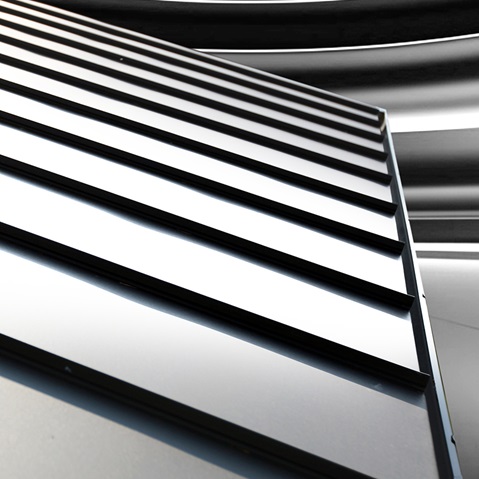
A fossil-free product or service is created without any fossil fuels or fossil raw materials. Fossil-free steel is produced without any carbon emissions and by using fossil-free energy sources. The SSAB Fossil-free™ steel is made with HYBRIT® technology, where iron ore is directly reduced with fossil-free hydrogen – the by-product is water and not CO2.
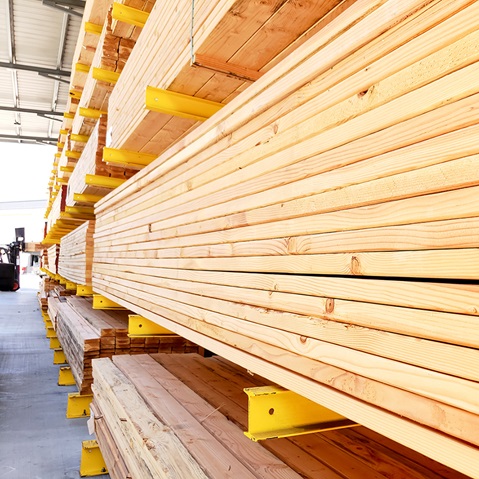
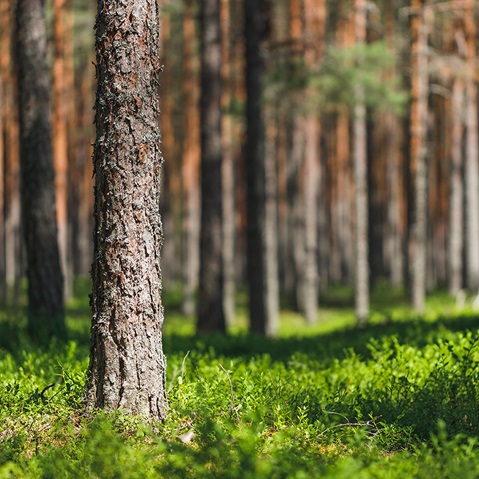
Forest certification shows that the wood used in wood-based products originates from forests harvested legally and in accordance with the principles of good forest management. The fulfilment of the requirements of the certification standard is monitored through audits carried out by an independent party. Approximately 90% of Finnish forests are covered by the PEFC certification and approximately 10% by the FSC certification.
Terms2
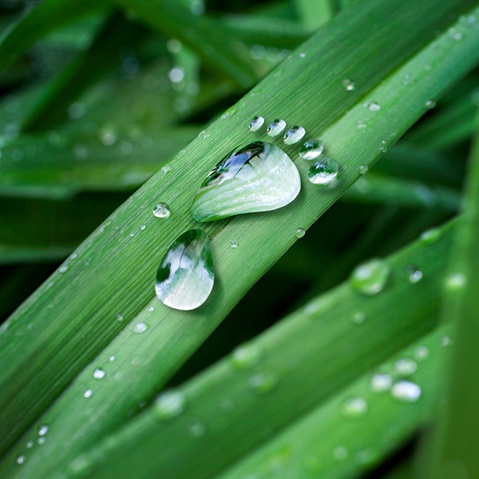
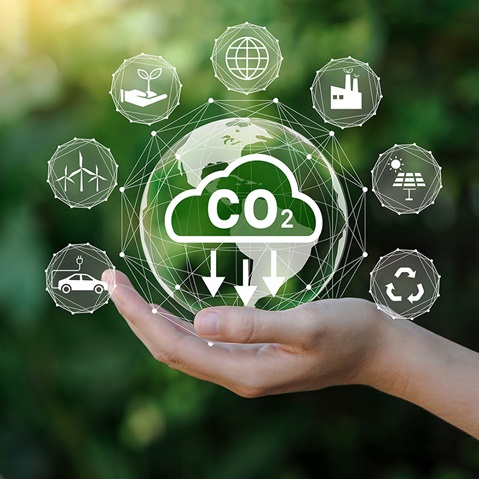
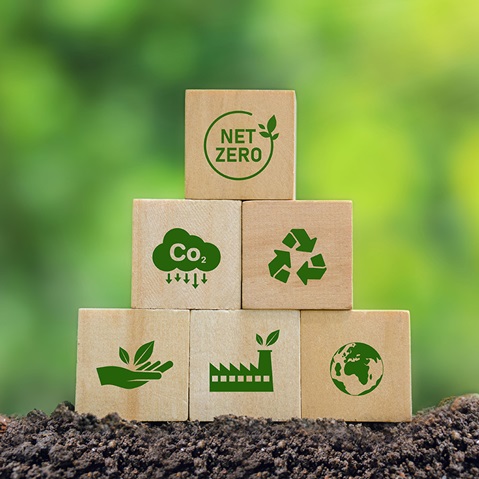
A product, company, municipality or state can be said to be carbon neutral when it only produces as much carbon dioxide emissions as it can absorb. The carbon footprint of a carbon neutral product is zero throughout its life cycle. Carbon neutral activities do not increase the amount of greenhouse gases in the atmosphere.


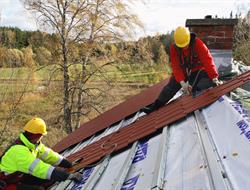

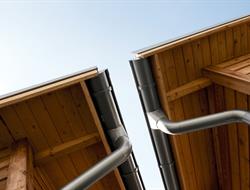






.tmb-250x190.jpg?sfvrsn=607438b5_1)





